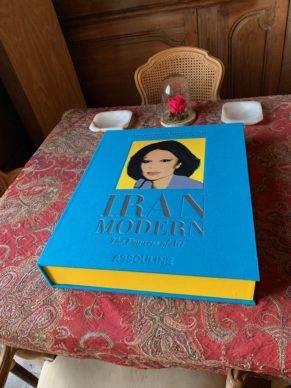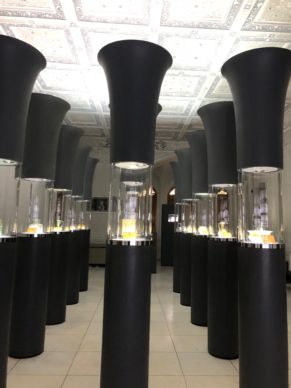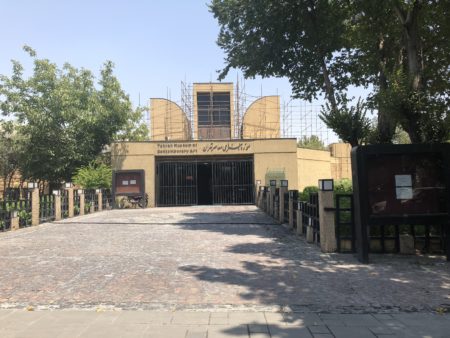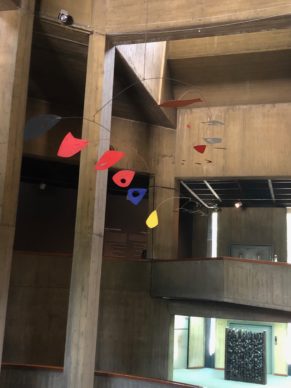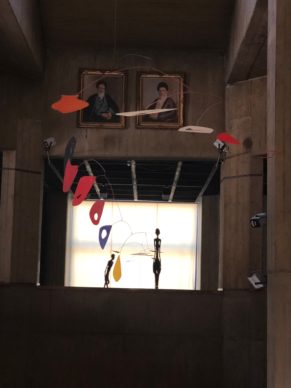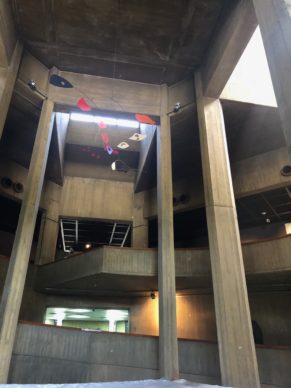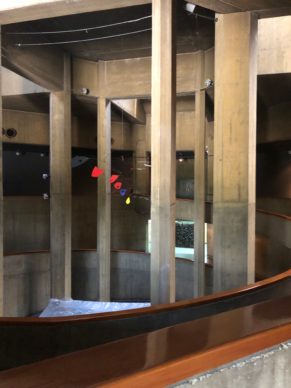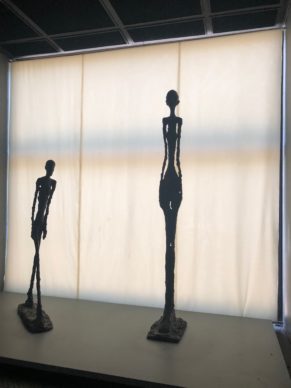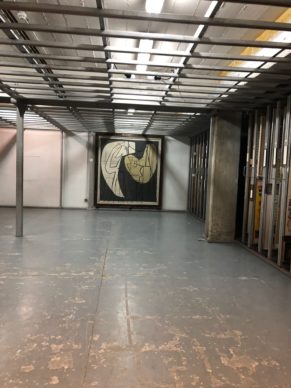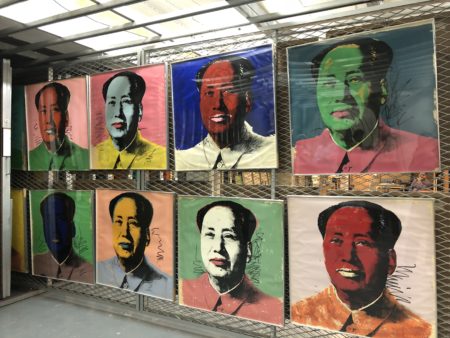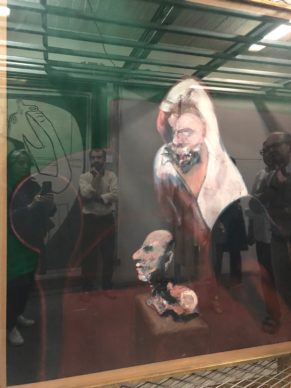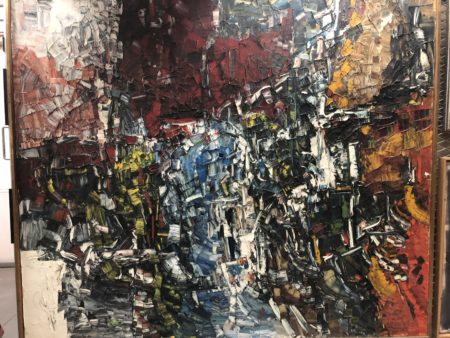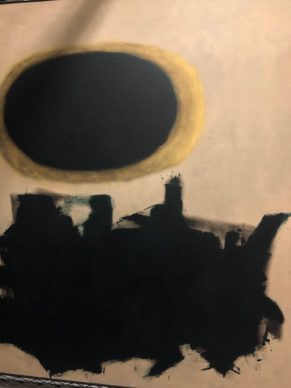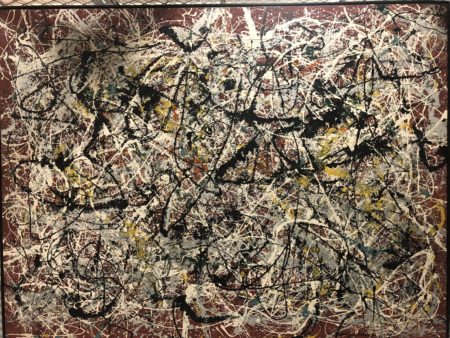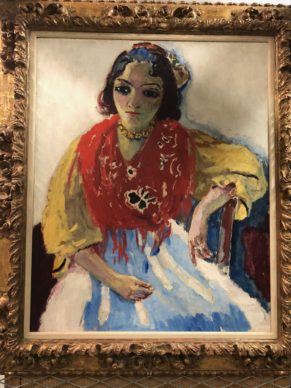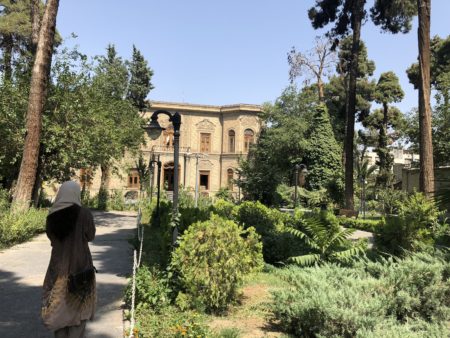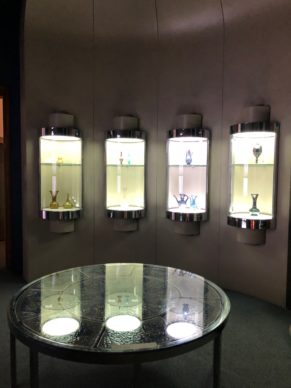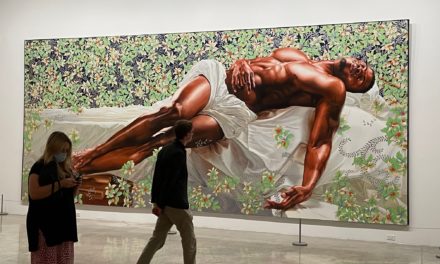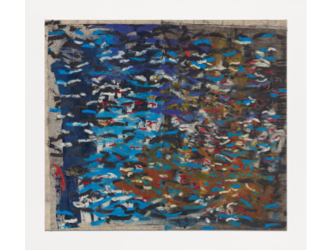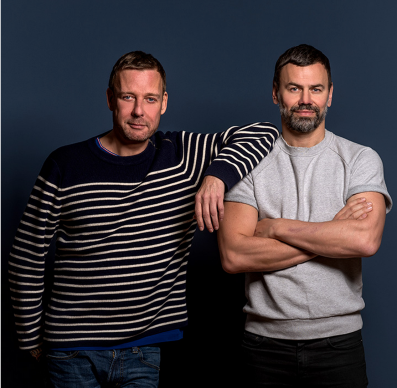Informal introduction
A very small dog, a King Charles spaniel, greets me with a series of barks.
There have been more formal introductions. I’m in Paris at the home of Farah Pahlavi, the last wife of Mohammad Reza Pahlavi (1919-1980), the last Shah of Iran.
She was queen then empress until the monarchy was toppled by the mullahs in 1979.
Strong cultural drive
Her time as first lady was marked by a strong cultural drive, among other things, the traces of which can still be seen in the country today with the Tehran Museum of Contemporary Art, which opened in 1977.
Multiple delays
This legendary collection was due to travel to Berlin and Rome in 2016 but remained blocked in Iran, without any justification being given. As for the museum itself, with its brutalist concrete architecture designed by Kamran Dibah, it’s due to reopen in June after multiple delays. The unofficial explanation: “it’s always like that in Iran.”
De Kooning
Despite the fact that only one piece from the collection has been sold, a de Kooning – to the Los Angeles collector David Geffen, who later sold it to the New York collector Steve Cohen – it seems the exceptional ensemble of works by Rothko, Bacon, Pollock, Calder and Giacometti is surrounded by a certain distrust undercut with wary respect in the land of the mullahs. I had the opportunity to visit the museum’s basements in June 2018 to see this collection, which was disclosed to me almost in its entirety, with the exception of a Francis Bacon which was set aside due to nudity (see the report).
The Empress of Art
The saga of this exceptional collection – it’s described as the largest public collection of modern and contemporary art outside the West – is told in a lavish tome recently published by Assouline, with the beautiful Farah on the cover rendered by Andy Warhol, under the title “Iran Modern: The Empress of Art”.
Extreme popularity
Farah Pahlavi shows herself to be particularly humble and is very amenable. She speaks French just as well as she speaks English.
Her living room is full of photos: family portraits or in the company of the King of Spain, Morocco or Jordan. Around her there are antiques, Luristan bronzes and old ceramics.
She ends the interview without rancor or bitterness, animated by the extreme popularity she continues to enjoy:
“The seeds we plant with love will never dry out.”
How did you come up with the idea for a museum with international standards?
You had a team around you to help create the collection. In the Assouline book you mention Kamran Dibah, Tony Shafrazi, Donna Stein, Mr Bahaduri and the Beyeler Gallery. Could you explain how the choices were made and who had the last word?
You said that you met Henry Moore and Salvador Dali. Could you tell us what that was like?
Andy Warhol visited Iran in July 1976. What was he like? Did he make a portrait of you on this occasion?
The collection ranges from traditional impressionist paintings (Renoir) to radical abstract art (Rothko) and Francis Bacon.
What was the idea behind the collection?
I was also impressed by the two Giacometti pieces in the museum.
Do you remember when you decided to purchase them?
I visited the extraordinary museum dedicated to glass and ceramics designed by Hans Hollein. Could you tell me the story behind this museum?
Why do you think the Islamic Republic has kept almost the entire collection and is due to reopen the TMoca soon?
Do you have doubts that they will reopen the museum?
What is your next dream in terms of this collection?
What would you like people to remember about you?



